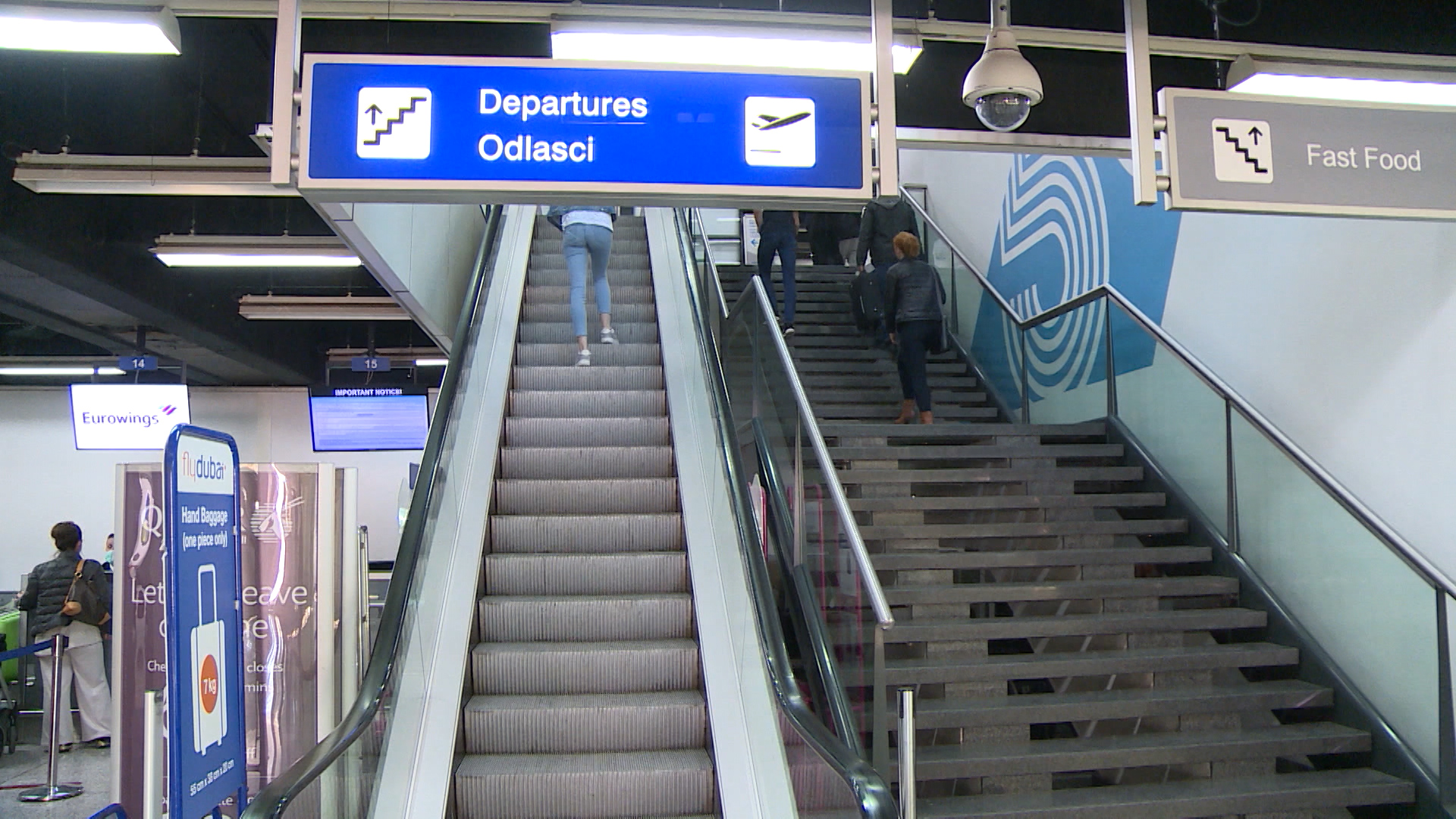Bosnia air traffic volume to reach pre-pandemic level in 2023 Q2

Three markets from the former Yugoslavia, including Bosnia, Serbia and North Macedonia, are going to experience significant growth during the second quarter of the year compared to the same period during the pre-pandemic 2019 based on current dana, with the number of available seats on aircraft grow in the double digits, according to Ex-Yu Aviation web portal.
Oglas
Bosnia and Herzegovina and North Macedonia will see their figures grow over 30 percent, with the biggest increase registered in North Macedonia, where capacity will increase by 37 percent compared to four years ago. The main driving force will be Wizz Air company, which plans to introduce six aircraft based in Skopje this summer. Also aiding the figures will be the arrival of Lufthansa with its ten weekly service from Frankfurt starting in April.
As for Bosnia and Herzegovina, the country will see its capacity levels increase by 35 percent during the second quarter compared to the same period in 2019. Sarajevo Airport has significantly improved its connectivity over the past few years, despite Wizz Air closing its base in the city which was opened in late 2020.
Furthermore, other airports in the country have added flights as well, according to Ex-Yu Aviation.
On the other hand, Serbia will see its seat capacity increase by 16 percent in the same period in 2019, with Air Serbia introducing a number of new routes from Belgrade during the second quarter.
Overall, Albania will see the biggest capacity growth in Europe on four years ago with a 124 percent increase, generated primarily by Wizz Air’s rapid expansion in Tirana.
Most European markets are expected to reach or surpass pre-Covid capacity levels during the second quarter of the year, however, this will be more visible during the third quarter, which is traditionally the busiest in the aviation industry.
Among larger European markets, Portugal will see the biggest growth during the second quarter of just over 10 percent on 2019, followed by the likes of Turkey, Greece, Spain, Ireland, Poland and Iceland. Recovery will be lagging in Russia, Germany and Sweden, which will reach 78.4 percent, 81.7 percent and 79.9 percent of their pre-Covid capacity levels respectively during the second quarter.
Kakvo je tvoje mišljenje o ovome?
Učestvuj u diskusiji ili pročitaj komentare
Oglas
Kakvo je tvoje mišljenje o ovome?
Učestvuj u diskusiji ili pročitaj komentare
Oglas
NAJČITANIJE
Oglas
Oglas
Najnovije
Oglas
Oglas





 Srbija
Srbija
 Hrvatska
Hrvatska
 Slovenija
Slovenija



























































